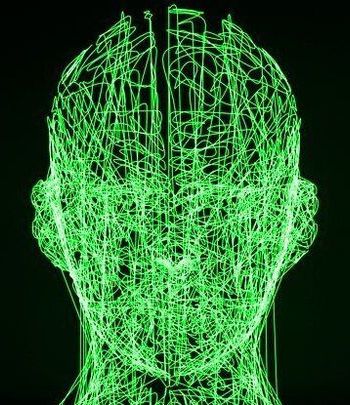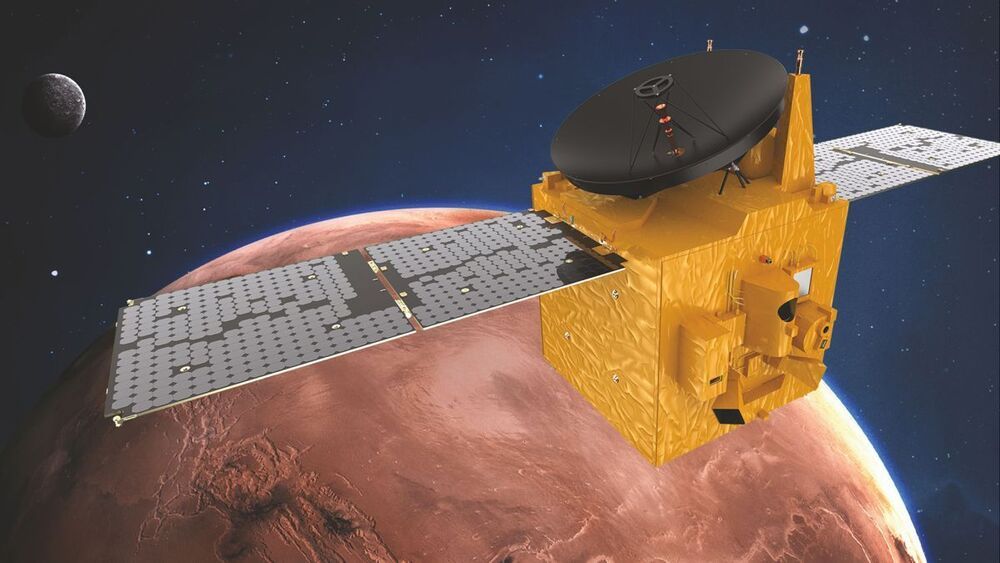Page 5867
Nov 25, 2020
Official HCP Website for VEKLURY® (remdesivir) | FDA Approved
Posted by Quinn Sena in category: biotech/medical
Antiviral medicines can keep any virus at bay.
Learn about VEKLURY® (remdesivir), a COVID-19 antiviral treatment. FDA approved. See Important Safety Information.
Nov 25, 2020
A pocket cooling device based on a cascade mechanism
Posted by Saúl Morales Rodriguéz in category: wearables
Recent technological advances have enabled the development of increasingly compact and flexible devices. This includes wearable or portable technology, such as smart watches, earphones or other smart accessories, which can assist human users in a variety of ways.
Researchers at University of California, Los Angeles (UCLA) have recently devised a strategy that could enable the fabrication of portable, compact and flexible electrocaloric cooling devices. This strategy, outlined in a paper published in Nature Energy, is based on a four-layer cascade mechanism that enables a significant temperature lift in a user’s surroundings.
“Our research started more than five years ago, when we were funded by ARPA-E, an agency of the U.S. department of energy, to solve a key cooling need: to maintain sufficient personal thermal comfort while reducing the HVAC energy consumption for offices and buildings,” Qibing Pei, one of the researchers who carried out the study, told TechXplore. “Our key goal was to create a wearable cooler.”
Nov 25, 2020
SpaceX’s Starlink satellite internet costs $99 per month
Posted by Muhammad Furqan in categories: internet, satellites
Nov 25, 2020
Artificial Intelligence Is Now Smart Enough to Know When It Can’t Be Trusted
Posted by Raphael Ramos in categories: biotech/medical, military, robotics/AI
Artificial intelligence is being developed that can analyze whether it’s own decision or prediction is reliable.
…An AI that is aware/determine or analyze it’s own weaknesses. Basically, it should help doctors or passengers of the AI know quickly the risk involved.
How might The Terminator have played out if Skynet had decided it probably wasn’t responsible enough to hold the keys to the entire US nuclear arsenal? As it turns out, scientists may just have saved us from such a future AI-led apocalypse, by creating neural networks that know when they’re untrustworthy.
Continue reading “Artificial Intelligence Is Now Smart Enough to Know When It Can’t Be Trusted” »
Nov 25, 2020
KFC Rolls Out Self-Driving 5G ‘Chicken Trucks’ in China
Posted by Raphael Ramos in categories: internet, robotics/AI
😃 KFC now has self driving 5G trucks? 😃
Autonomous 5G vehicles are getting more popular and closer to your neighborhood… Read about KFC’s trucks here.
Nov 25, 2020
Microsoft’s New ‘Productivity Score’ Lets Your Boss Monitor How Often You Use Email And Attend Video Meetings
Posted by Raphael Ramos in category: futurism

A new way your manager or boss will be monitoring you at work. 😃
Microsoft 365’s “productivity score” shows employers how many days in the last month you’ve been on Microsoft apps and the number of times you’ve used video in meetings.
Nov 25, 2020
‘It’s working!’ Video of Utah bridge built just for wildlife shows animals like bears, deer safely crossing interstate
Posted by Raphael Ramos in category: futurism
A bridge in Utah helps animals and humans live better alongside each other. 😃
UTAH (WJW) — A wildlife crossing, built just for animals, is being called a success in Utah.
Nov 25, 2020
A microscope for everyone: Researchers develop open-source optical toolbox
Posted by Genevieve Klien in categories: biotech/medical, education, mobile phones
Modern microscopes used for biological imaging are expensive, are located in specialized laboratories and require highly qualified staff. To research novel, creative approaches to address urgent scientific issues—for example in the fight against infectious diseases such as COVID-19—is thus primarily reserved for scientists at well-equipped research institutions in rich countries. A young research team from the Leibniz Institute of Photonic Technology (Leibniz IPHT) in Jena, the Friedrich Schiller University and Jena University Hospital wants to change this: The researchers have developed an optical toolbox to build microscopes for a few hundred euros that deliver high-resolution images comparable to commercial microscopes that cost a hundred to a thousand times more. With open-source blueprints, components from the 3D printer and smartphone camera, the UC2 (You. See. Too.) modular system can be combined specifically in the way the research question requires—from long-term observation of living organisms in the incubator to a toolbox for optics education. The research team presents its development on November 25, 2020 in the renowned journal Nature Communications.
The basic building block of the UC2 system is a simple 3D printable cube with an edge length of 5 centimeters, which can host a variety of components such as lenses, LEDs or cameras. Several such cubes are plugged on a magnetic raster base plate. Cleverly arranged, the modules thus result in a powerful optical instrument. An optical concept according to which focal planes of adjacent lenses coincide is the basis for most of the complex optical setups such as modern microscopes. With the UC2 toolbox, the research team of Ph.D. students at the lab of Prof. Dr. Rainer Heintzmann, Leibniz IPHT and Friedrich Schiller University Jena, shows how this inherently modular process can be understood intuitively in hands-on-experiments. In this way, UC2 also provides users without technical training with an optical tool that they can use, modify and expand—depending on what they are researching.
Nov 25, 2020
Hope, the UAE’s first interplanetary mission, has its eye on bonus science on way to Mars
Posted by Genevieve Klien in categories: science, space travel
The United Arab Emirates’ first foray beyond Earth’s orbit is going so smoothly that the nation’s Hope Mars spacecraft will tackle some bonus observations before it reaches its destination, mission leaders have announced.

















